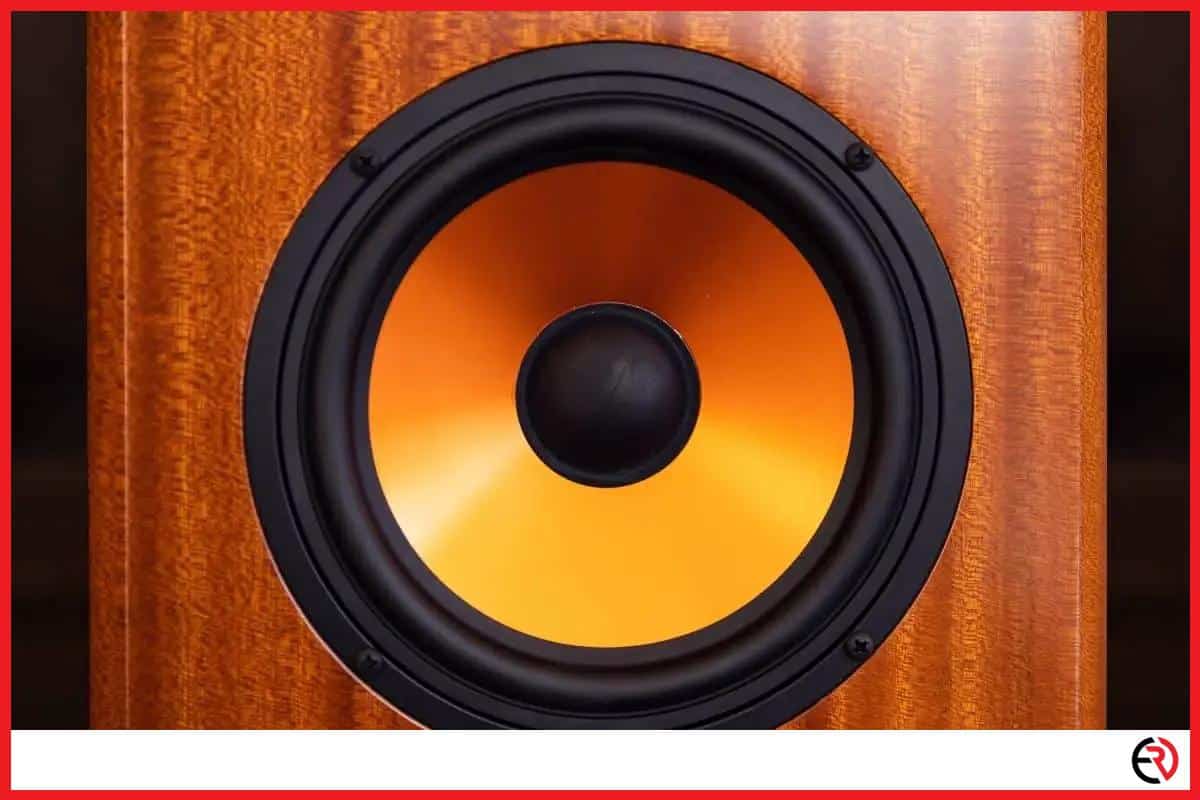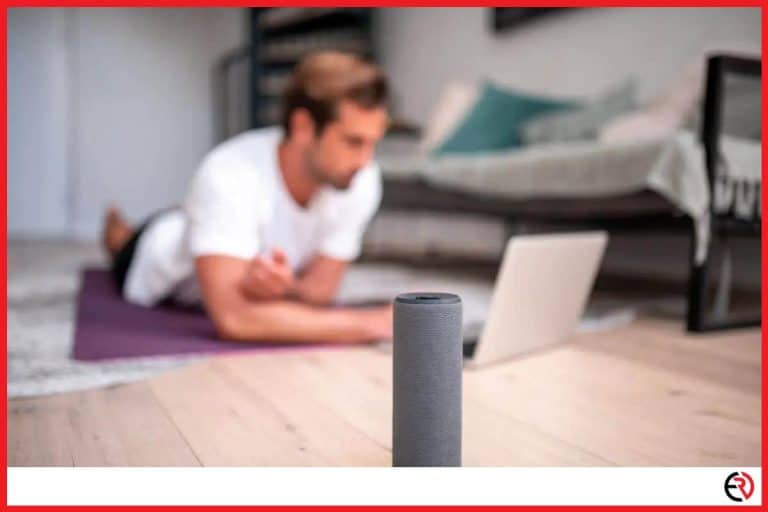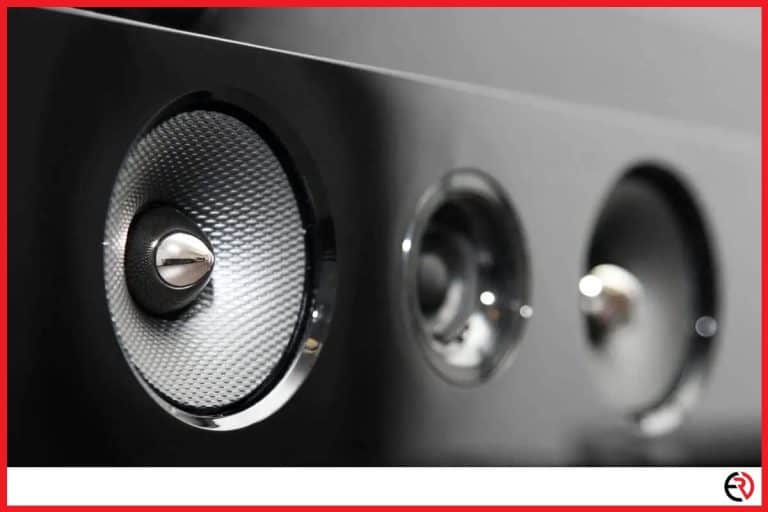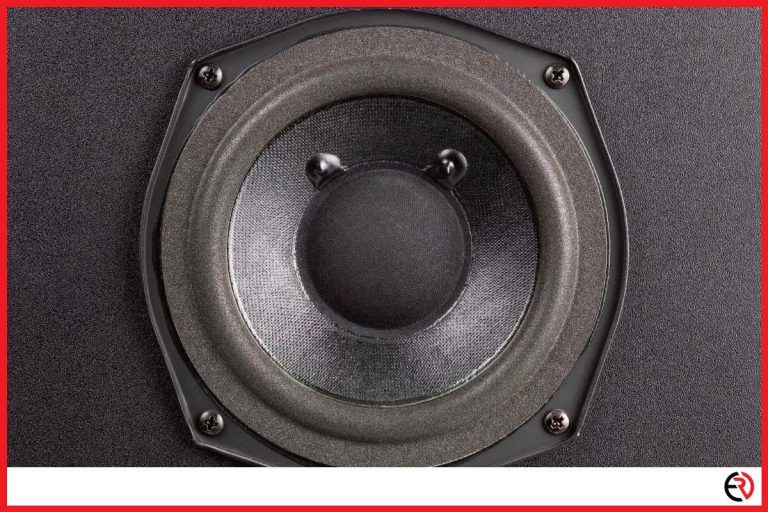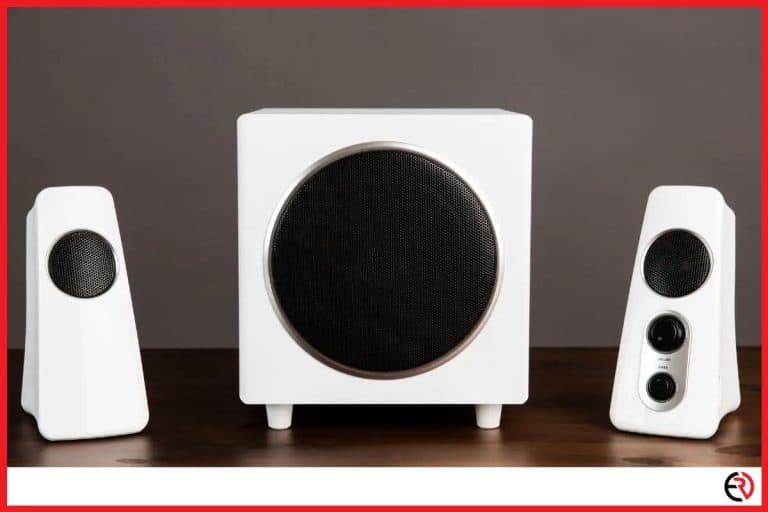Are Subwoofers Necessary? (Cars, Home Theater and Music)
This post may contain affiliate links which means that, if you choose to make a purchase, I may earn a small commission at no extra cost to you.
A subwoofer adds bass clarity to your existing speaker system. Cars have a confined space, and adding a subwoofer will enhance your listening experience. Combined with the right amp and head unit, a subwoofer can bring the music to life. In this article, I will discuss the necessity of a subwoofer in three settings: Cars, home theaters, and music, explaining how it adds value to each of them.
Subwoofers are large speakers mainly designed to create low-frequency audio that standard speakers cannot produce. Thus, they are necessary in many cases to reproduce the full depth of music. Subwoofers come in different shapes and sizes, and the one you will pick is primarily decided by setting.
Subwoofers are, therefore, special speakers that greatly enhance your listening experience. Let’s take a look at exactly how it achieves the feat and whether it’s necessary for every musical setting.
Advantages of a subwoofer in cars, home theaters, and musical setups
When paired with a well-optimized head unit and an amplifier, a subwoofer will enliven any environment it’s set in, be it a car or your home. Here is a list of all the advantages of having a dedicated subwoofer:
1. Full spectrum coverage – A good quality subwoofer covers a wide frequency of mid to high spectrums. They act as an extension of your head units without becoming overbearing or underwhelming. All you need is an AV receiver, a low-frequency amplifier to drive your head unit speakers over the crossover point.
Factory speakers cannot handle such dynamic bass across different music genres, but custom ones are perfectly cut out for the task.
2. Distortion reduction – Speakers usually distort when you play them at higher volumes. That’s because they are unable to recreate the audio waves as digitally recorded. However, a subwoofer dramatically reduces the overall stress on your speakers since it specifically handles the low frequencies, one less thing to worry about for your head units.
The reduction in the acoustic requirements means the overall speaker system can now recreate the audio with greater accuracy and depth and, obviously, less distortion.
3. Authentic bass – High-quality subwoofers can produce sound in between the range of 20Hz to 50Hz, which normal speakers cannot possibly replicate. Therefore, a subwoofer lets you enjoy the lowest notes like never before.
Are subwoofers necessary for your car?
Yes, a subwoofer is necessary for your car because normal speakers simply cannot reproduce the low-frequency bass audio effects. They come in many sizes (8 to 15 inches), and the larger the subwoofer, the more sound it produces. If you are an audiophile, a subwoofer is an auto-include in your car.
How to choose a subwoofer for your car?
You cannot buy a random speaker and attach it to your car’s audio system. You will have to check its compatibility, the overall space in your car, the combined charge capacity of your alternator and battery, and most of all, your personal preference. Let’s discuss them in detail.
1. Compatibility with your existing speakers – Amplifiers are responsible for converting audio frequencies to sound waves. A good amplifier is the key to achieving great audio quality in any speaker setup. You will also have to make sure if the speakers are well-optimized; otherwise, the audio will be all garbled up, and you might even receive unnecessarily static that will severely downgrade your listening experience.
2. Subwoofer enclosure types and how it affects the audio – There are several types of subwoofer enclosure types such as bandpass, ported, and sealed. For more volume, you should go with bandpass or ported enclosures. But if you are interested in deeper and more accurate bass, the sealed enclosure is your best bet.
The best way to pick an enclosure is to experience them yourself. Most of my friends have a comprehensive speaker system installed in their cars. I took the time to listen to each and every one of them before picking one of my own, and I suggest you do the same. It’s best to experience the speakers in action and figure out which one suits you the best.
3. Interior space – Too much bass can be harmful, even distracting in a closed setting. Subwoofers come in different sizes (8-15 inches). If you have a small car, then an 8-inch speaker is usually more than enough. However, in case you own a bigger vehicle (an SUV or a Sedan), then a 12-inch subwoofer is better.
15-inch subwoofers are usually an overkill and oftentimes do not produce the best audio quality on high volumes. Once again, it’s best to listen to each one before deciding one for your car.
4. Power rating – The RMS directly correlates to the overall bass output. The higher the value, the more will get the bass output. You have to consider the RMS power rating to match the subwoofer to a head unit. As a rule of thumb, the subwoofer’s power handling should match the amplifier’s power rating. But in a perfect setup, the head unit and the amplifier RMS exceed that of the subwoofer.
5. Subwoofer sensitivity – Sensitivity determines the volume or the overall audio output of any given subwoofer and is measured by sound pressure level (SPL). Subwoofers with a high SPL score are more sensitive (require less power to produce high volumes) than those with lower ratings.
Are subwoofers necessary for your home theater?
Yes, subwoofers are necessary for your home theater system. Although all your speakers can function without one, having one not only reduces the stress on your other speakers but gives you an authentic taste of the low-sounding frequencies not possible in standard speakers.
There is a clear distinction between dynamic and passive music. Ever wondered why speakers are so expensive? High-quality speakers and subwoofers create a near-perfect auditory illusion. It makes you believe as if you are sitting right in the midst of the entire musical orchestra.
A subwoofer heightens that experience by delivering perfect low-frequency bass tones. The rhythm and vibrations make you feel the music, unlike anything you have experienced before. I, too, used to be skeptical until I heard it for myself.
A few years ago, I owned a home theater system, which was pretty good. One day a friend suggested I upgrade the rig, to which I replied I couldn’t afford it. He told me only to get a compatible subwoofer and connect it to my existing home theater system. I reluctantly agreed without expecting anything at all.
It sounded terrible at first, but I was blown away by the sheer clarity and depth after a few tweaks. And the best thing was it only cost me a fraction since I did not have to upgrade the whole system. The subwoofer added bass and helped the rest of the speakers in my home theater to perform way better than expected.
However, placement and setup are key to achieving such greatness, so without further ado, let’s jump into the setup.
Home theater subwoofer optimization tips
Poorly installed subwoofers are a bane to music aficionados. The audio appears either as too bassy or distorted. This is because there is a frequency spectrum. Music is a constant stream of audio. The speakers are not reproducing a specific frequency. They create a dynamic range of frequency, which is like a stream, and a subwoofer helps stabilize that stream of music by taking care of the low-frequency vibrations. The result is complete-sounding music since the subwoofer takes care of a big chunk of the music spectrum, allowing the rest of the speakers in your home theater setup to blare at their full potential.
How to choose a subwoofer for your home theater?
Choosing the right subwoofer is not easy. You will have to consider the size, boost, power, enclosure, and finally placement. Here is a brief description of each of the factors that determine how you should pick out a subwoofer.
1. Picking the right size – A larger size subwoofer means the audio will be much deeper. You may want to bag the largest one in the market, but it’s not always a good idea. You need to pick a compatible subwoofer that seamlessly blends with your existing setup.
If you have a bunch of bookshelf/satellite speakers, then consider getting somewhere between 8-inch to 10-inch subwoofers. In case your home theater consists of big floor-standing speakers with a robust center driver, then you will need a 12-inch sub to balance out the center module.
2. Bass requirements – Bass is a matter of personal preference. While some people vintage movies, others are more into sci-fi, fantasy, musicals, etc. Each genre plays out differently and sounds different in certain acoustic settings.
I mostly prefer listening to music during the evening while my friends are more into movies. So when they come over, I simply change the equalizer setting to best suit their requirements.
Both types of audio have different bass requirements. So if you plan to cater to a broader audience, then it’s best to get a subwoofer with great dynamic coverage. Thanks to size and versatility, I usually recommend the Polk Audio PSW10 10-inch Powered subwoofer.
3. Powered subwoofer vs. non-powered ones – if you’re easily confused by the technical jargon and simply want a sub that sounds good, a powered subwoofer is the way to go. They have a built-in amplifier. The only thing you must consider is the RMS rating which determines the subwoofers’ continuous performance over a prolonged period.
4. Sealed vs. ported subwoofers – Sealed enclosures are best for acoustic music such as classical and jazz. But if you are more into EDM and hard rock, then ported design is a better choice.
Ported subwoofers have a low bass since they have air vents for air passage. Sealed subwoofers offer a tight bass experience since there is no air passage within the box. It’s a matter of personal preference, and none is superior to the other, so pick one that best suits your listening habits.
5. Ideal subwoofer placement – Those who say that subwoofer placement does not matter are far from the truth. Although it’s true that no matter where you place it, you will feel the vibrations, the position determines the intensity and depth of the bass from the speakers. It’s hard to find the perfect spot on the first try. You will have to test out a few spots until you get the right one.
Are subwoofers necessary for music?
Yes, subwoofers are an absolute necessity for music and can fit into any music system. It’s true that they truly shine when paired with a home theater, but with the right setup, they can also shine in a non-standard setup.
Here are a few reasons why subwoofers are important for any musical experience:
1. Clear vocals – Normal speakers fail to play music and vocals at the same time simultaneously. The vocals are often sidetracked and superseded by the music in most cases. But when you attach a subwoofer, the dynamic output of the entire setup increases.
Since the subwoofer is now responsible for low-frequency sound, the rest of the speakers do a much better job handling the overall music, resulting in much better dynamic coverage than ever before.
2. Accurate representation – Subwoofers are not subjected to sonic signature like most speakers. They deliver the bass notes exactly as the original creators intended them. This is one of the reasons why any greater subwoofer can be easily connected to any brand of speakers (as long as they have a similar power rating and impedance).
FAQ
Is it worth purchasing a subwoofer that can produce 16 Hz audio?
It depends on lots of factors. 16Hz is overkill since it requires 60ft to propagate. A standard room is close to 12’ x 12’ and rarely goes above it. So unless you live in a 40-60ft room, the sub will sound like garbage. You can hear the lowest of pipe organ notes in a 32Hz sub.
16Hz is going too far, and you are more likely to scare your neighbors into calling the cops with that kind of bass power.
Conclusion
Subwoofers are necessary for any musical setup, be it a car, home theater, or a simple 2.1 setup. It takes weeks and sometimes months of preparation to come up with a speaker placement that works for your room. They not only liven the music but enhance it in a way unlike any other electronic musical device in existence. Hopefully, this article has addressed all your queries regarding the subject. Stay tuned for music-related tidbits in future posts.

